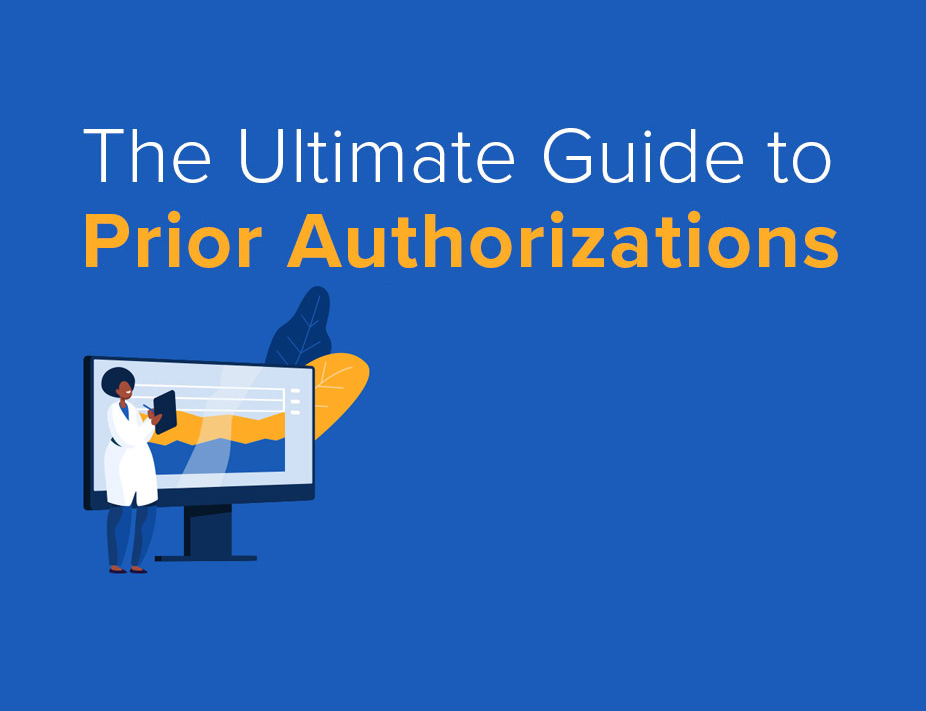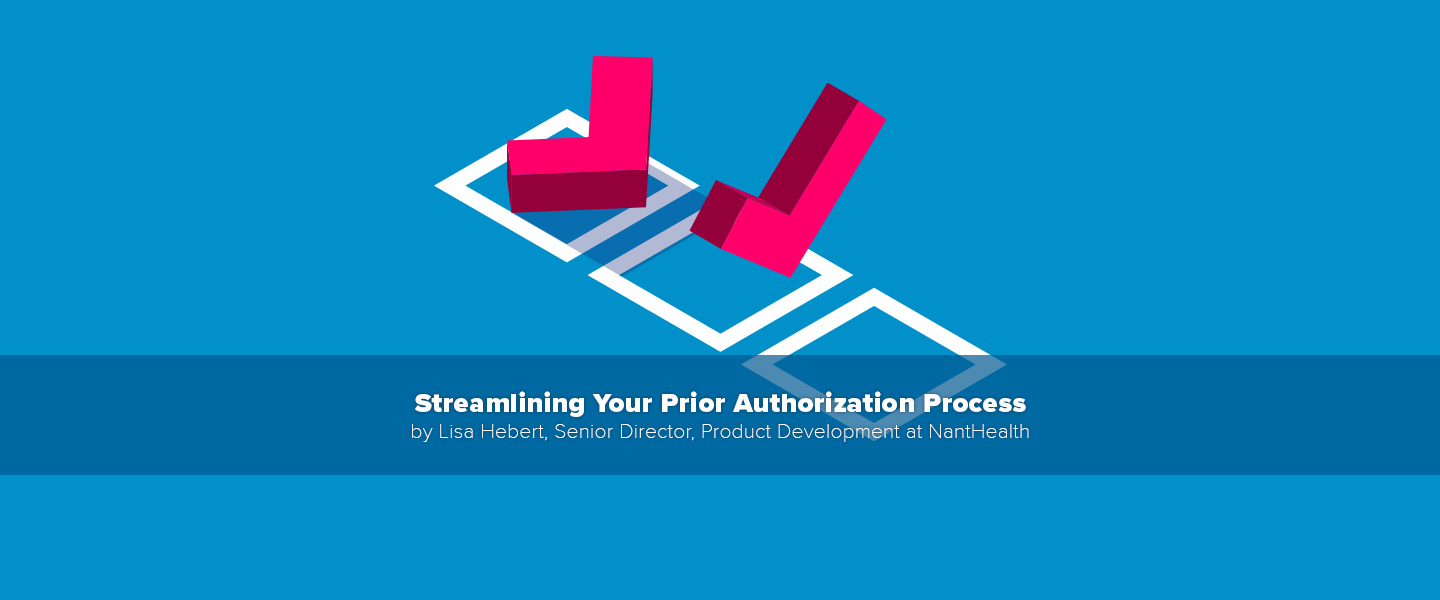Prior Authorizations are designed to ensure that patients receive the right care at the right time, and in the most effective setting, throughout their care journey. However, advancements in medicine, regulations, and technology mean payers, providers, and patients alike must navigate increasingly complex medical policy guidelines and standards, making the prior authorization process feel burdensome for all stakeholders. Streamlining the prior authorization process can alleviate that burden, giving providers and their patients the confidence that they are getting the most appropriate care and ensuring that their health care coverage won’t leave the patient with the bill for non-covered treatments.
Here are five key inefficiencies the industry faces and ways payers can help improve the effectiveness of the prior authorization process.
1. Non-critical services require prior authorization, creating work that yields little benefit for providers or payers. In many cases, payers require authorizations that are not for medical review purposes but instead to initiate case management. To overcome this challenge, consider limiting prior authorizations only to services that require medical necessity or policy reviews, such as high-cost oncology care. Explore eliminating the prior authorization requirement for routine care, especially for providers who are performing well under value-based contracts and leveraging case management tools to manage ongoing chronic issues.
2. Prior authorization is confusing and complicated. Without the right resources, it can be hard to understand prior authorization and medical policy requirements which often confuse providers. Providers and their staff may resort to creating cheat sheets to keep track of all the varying rules for different payers and coverage plans. This means they may not incorporate changes to policy promptly, or they may submit authorizations that aren’t required (to be on the safe side), creating more work for everyone. Consider leveraging electronic tools that make it clear when and why a prior authorization is required, what information is required for each kind of service, and provide details on what is and is not within guidelines for treatment. Though there is little in the way of well-adopted standards for electronic exchange of medical policy information, solutions like NantHealth’s Eviti Connect and NaviNet Open Authorizations are designed to simplify the process for providers and their staff by stepping users through information collection and making relevant medical policy information easy to find right in the workflow.
3. Prior authorization approval turnaround time results in delayed care. Too often, multiple phone calls, emails, and other contact between the provider and payer are required to collect and verify all of the information needed to process a prior authorization request. This means it can be days or even weeks before patients get the care they need, potentially resulting in missed treatments, and certainly causing greater stress for patients and scheduling hassles for providers. Consider leveraging electronic solutions that can automate the process where possible, reducing the effort and improving data quality for submissions and status determinations. Also, look for solutions that support online collaboration throughout the process, reducing the time spent on the phone and exchanging faxes, and that provide a robust audit trail of all interactions.
4. Lack of transparency about the status of an authorization can cause delays and costly back and forth between providers and payers. Payers can offer an online status lookup containing clear instructions when additional information is needed, reducing the burden on payer call centers and making provider processes more efficient. Consider proactively sending status updates and follow-up communications to providers electronically through the same portal where the authorization was submitted, so providers are kept up to date efficiently and effectively.
5. Transmitting supporting documentation is too often done manually via fax or mail, which can take a long time, are difficult to keep track of for providers, and hard for providers to correlate to the correct authorization request. Consider implementing a secure online solution that allows providers to easily send information electronically when submitting the authorization or when more information is requested in follow up. Clear and codified rules defining the types of documentation required can even allow such systems to automatically collect the necessary content from a provider’s EMR, saving significant provider effort.
These and numerous other challenges in today’s healthcare landscape make prior authorizations one of the highest costs and most frustrating payer/provider transactions. Implementing an electronic prior authorization solution can help alleviate many of these challenges, giving providers the tools they need to manage their requests and make it much easier for providers and payers to help patients get the care they need without delay.









